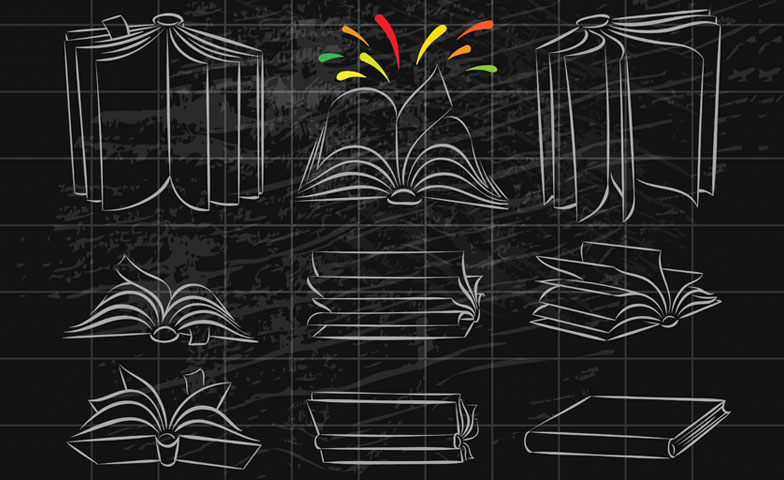Teaching students to skim and scan can hone their skills for college and beyond.
Regardless of their achievement level, students sometimes reach the end of a difficult reading passage with no recollection or understanding of what they have read. Even highly proficient readers may find themselves struggling with long and intricate textbook chapters and research articles.
You can come to the rescue by teaching students the techniques of skimming and scanning.
The Art of Skimming
Students have already been introduced to skim and scan techniques, whether they realize it or not, simply because of their interaction with social media, online learning, and text features in their textbooks. However, at some point, they will need to read from sources that have no such aids.
Basically, skimming is reading selectively to determine the main idea of a piece. Most teachers begin by teaching students to skim and deduce meaning from a limited amount of text and then gradually increase the length and complexity of the text. Abby Marks Beale, author of 10 Days to Faster Reading and The Complete Idiot’s Guide to Speed Reading, suggests teaching skimming this way:
Choose a page or chapter for students to skim. Ask students to read just the first sentence or just the first and last sentences of each paragraph, keeping an eye out for proper nouns, dates, and unfamiliar words. Students might jot these words down in a notebook or journal to help with comprehension later.
When they’ve read first and last sentences of each paragraph, have them go back and read the entire page or chapter, reading closely this time and noting important information as well as questions about the information in the text.
Mark Warner (Teachingideas.com) suggests pairing students up and giving them an article that is obviously too long for them to read word for word in two minutes. Begin this exercise by asking the students to read the title and then state what they think the article is about. Students may make notes about what they believe is the topic of the article.
Next, have students read the first and the last paragraphs of the article and guess what the piece is about based on that information. Students may note how their idea about the topic of the piece changed based on the additional information.
Students then read the first line of every paragraph and make another guess based on what they read what the article is about. Finally, students read the entire article in two minutes and again to see if their predictions about the content based on skimming matched the actual topic.
Scanning for Specifics
Similar to skimming, scanning involves a much different process. Readers use scanning when looking for a specific piece or a specific category of information. Scanning is not reading and comprehending so much as searching for one thing, like Waldo in a Where’s Waldo? book.
For middle school students, finding a specific word pertaining to a specific idea is a good way to focus on meaning. The key to scanning is making sure that, in spite of the fact the students have not closely read a piece, they have gained enough context to accurately represent the author’s words and intentions.
Skimming and scanning exercises not only help promote alternative reading strategies, they also promote cognitive processing and literacy skills—skills that are the foundation of the Common Core State Standards. By varying our methods as teachers, and providing more skills in reading, we are encouraging our students to achieve well beyond the Common Core Standards.
Skimming and scanning are great techniques to help students read long, complex pieces. As they practice these skills, their research skills will improve as well. We need to give students permission to use strategies like skimming and scanning, emphasizing that there is nothing wrong with taking the “shortcuts.”
As we implement these basic strategies our students will become more versatile readers. The more strategies they have to pull from, the less they will need our assistance and the better prepared they will be for high school and college.
